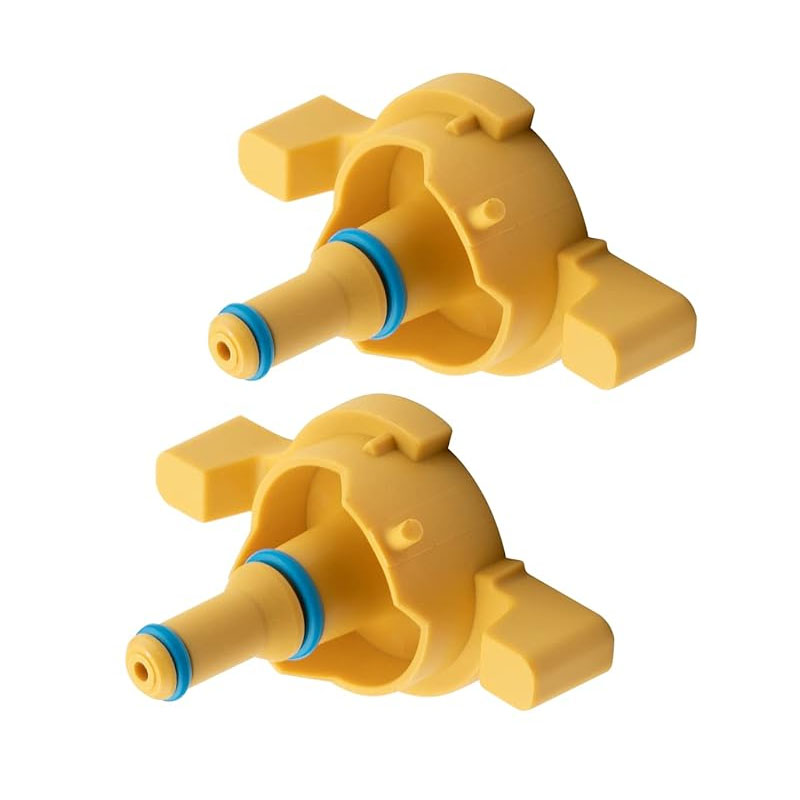Replacement and Maintenance Tips for 727 Selector Shaft Seal in Automotive Applications
Understanding the Importance of the Selector Shaft Seal in Machinery
The selector shaft seal plays a critical role in the functioning and longevity of various mechanical systems, particularly in vehicles and industrial machinery. This seemingly small yet crucial component acts as a barrier that prevents fluid leaks and contamination, ensuring smooth operation and reliability of the equipment. In this article, we will explore the significance of the selector shaft seal, its functionality, and maintenance considerations.
What is a Selector Shaft Seal?
A selector shaft seal is a type of seal used to prevent the escape of lubricants or transmission fluids from the selector shaft area of a machinery system. This component is typically installed on gear-driven machines, such as manual and automatic transmissions in vehicles, where the selector shaft is responsible for engaging different gear ratios. The selector shaft itself is an essential part of the transmission system, controlling the gears that transfer power from the engine to the wheels.
Functionality and Importance
The primary function of the selector shaft seal is to maintain the integrity of the lubrication system. When fluids, such as oil or transmission fluid, leak from a machine, it can lead to severe consequences. Insufficient lubrication can cause increased friction, overheating, and ultimately, component failure. By effectively sealing the selector shaft, the seal helps to keep the necessary lubricants contained within the transmission system.
Moreover, the selector shaft seal protects the internal components from external contaminants, such as dirt, dust, and moisture. These contaminants can cause wear and tear on gears and bearings, leading to premature failure. By preventing the ingress of these harmful elements, the selector shaft seal contributes to the overall durability and efficiency of the machinery.
Signs of a Failing Selector Shaft Seal
Like any mechanical component, the selector shaft seal can wear out over time due to factors such as heat, pressure, and exposure to chemicals. It is crucial for operators and maintenance personnel to be aware of the signs of a failing seal. Common indicators include
727 selector shaft seal

1. Fluid Leaks The most obvious sign is the presence of fluid leaks underneath the vehicle or machinery. If you notice a pool of oil or transmission fluid, it's essential to investigate the source.
2. Decreased Hydraulic Pressure In automated systems that rely on hydraulic pressure, a failing seal can lead to a drop in pressure, affecting the performance of the transmission.
3. Unusual Sounds Grinding or whining noises from the transmission can indicate insufficient lubrication, often due to a damaged seal allowing fluid to escape.
4. Difficulty in Shifting Gears In vehicles, a malfunctioning selector shaft seal may lead to problems when attempting to shift gears, making the process jerky or unresponsive.
Maintenance and Replacement
Regular maintenance is vital to extend the lifespan of the selector shaft seal and the machinery it protects. Operators should conduct routine inspections, looking for signs of wear or leakage around the selector shaft area. If any issues are identified, timely replacement of the seal is crucial to prevent further damage to the transmission system.
During replacement, it is essential to use high-quality seals designed for the specific machinery in use. Proper installation is also critical; an incorrectly installed seal may lead to immediate failure or continued leaks.
Conclusion
In summary, the selector shaft seal is a vital component that ensures the smooth operation and longevity of mechanical systems. Understanding its importance, recognizing the signs of failure, and performing regular maintenance can save operators from costly repairs and extend the life of their equipment. By keeping this small yet significant part in good condition, machinery can continue to perform at its best, maintaining efficiency and reliability in various applications.
-
Understanding the Front Main Engine Seal: Purpose, Maintenance, and Installation
News Jul.29,2025
-
Understanding O-Rings and Seal Rings: Types, Applications, and Custom Solutions
News Jul.29,2025
-
Understanding Crankshaft Oil Seals: Rear Seals, Pulley Seals, and Their Role in Engine Integrity
News Jul.29,2025
-
The Importance of Front and Rear Crankshaft Seals in Engine Performance and Oil Management
News Jul.29,2025
-
Crank Oil Seals: Functions, Types, and Cost Considerations in Engine Maintenance
News Jul.29,2025
-
A Comprehensive Guide to O-Rings and Seals: Types, Materials, and Global Applications
News Jul.29,2025
-
Mastering Diesel and Performance Engine Maintenance: A Guide to Critical Oil Gaskets
News Jul.28,2025
Products categories















